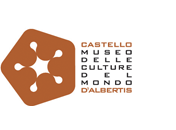After the neo-gothic castle, we then reach the 16th-century bastion, once inhabited by the Captain’s servants. Both here and on the new floor built during the restoration works of 1991 by clearing the ramparts, new interpretations are proposed of the pieces coming from Africa, the Americas and Oceania.
The exhibits on the second floor are the oldest, such as pre-colombian Peru earthenware, funeral burials between 100 A.D. and the conquest of the Incas. On the newly built first floor, after Mesoamerican civilisations, the descendants of North American indigenous peoples are represented, through the materials of the Indians of the Plains and the Hopi Indians from Arizona. The Australian, New Guinean and Polynesian cultures are then presented, thus turning the museum into a crossroad of glances, a communication between many voices, a place to develop new interpretations, overcoming stereotypes and conventions.
In these paths, the exhibits are a symbol of the complex historical and social relations, and the museum becomes a place where to raise issues and initiate processes, rather than a temple of classifications and mono-referential interpretations of reality.
Canoe
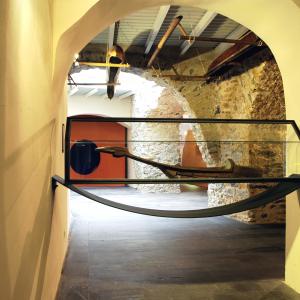
Canoe

Canoe

Canoe

Wall NZ Fiji 300
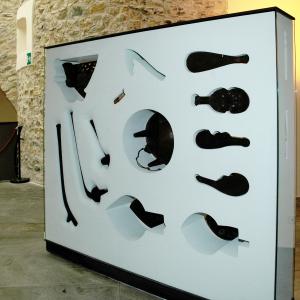
Wall NZ Fiji 300

Wall NZ Fiji 300

Wall NZ Fiji 300

Polynesia Installation
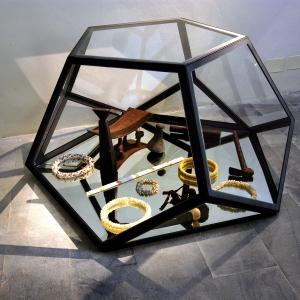
Polynesia Installation

Polynesia Installation

Polynesia Installation

Australia
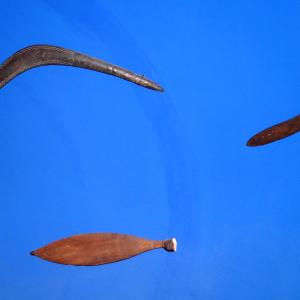
Australia

Australia

Australia

Ornament
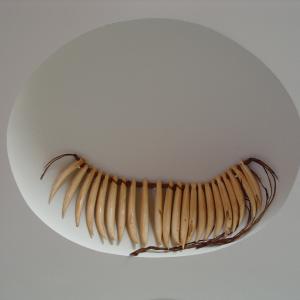
Ornament
Ornament

Ornament
Chancay Installation
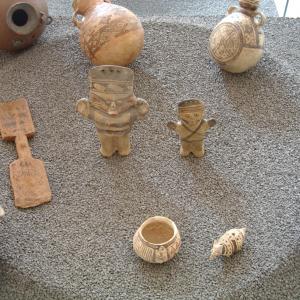
Chancay Installation
Chancay Installation

Chancay Installation
Chimù Installation
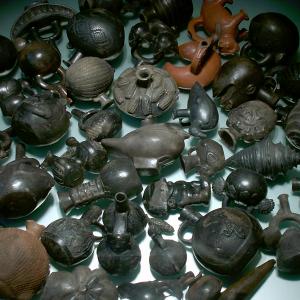
Chimù Installation
Chimù Installation

Chimù Installation
Installation Inka and Chimù-Inka
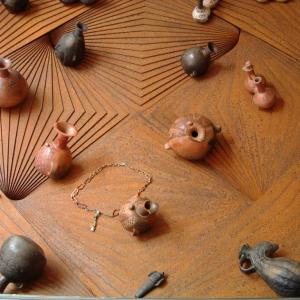
Installation Inka and Chimù-Inka

Installation Inka and Chimù-Inka

Installation Inka and Chimù-Inka


